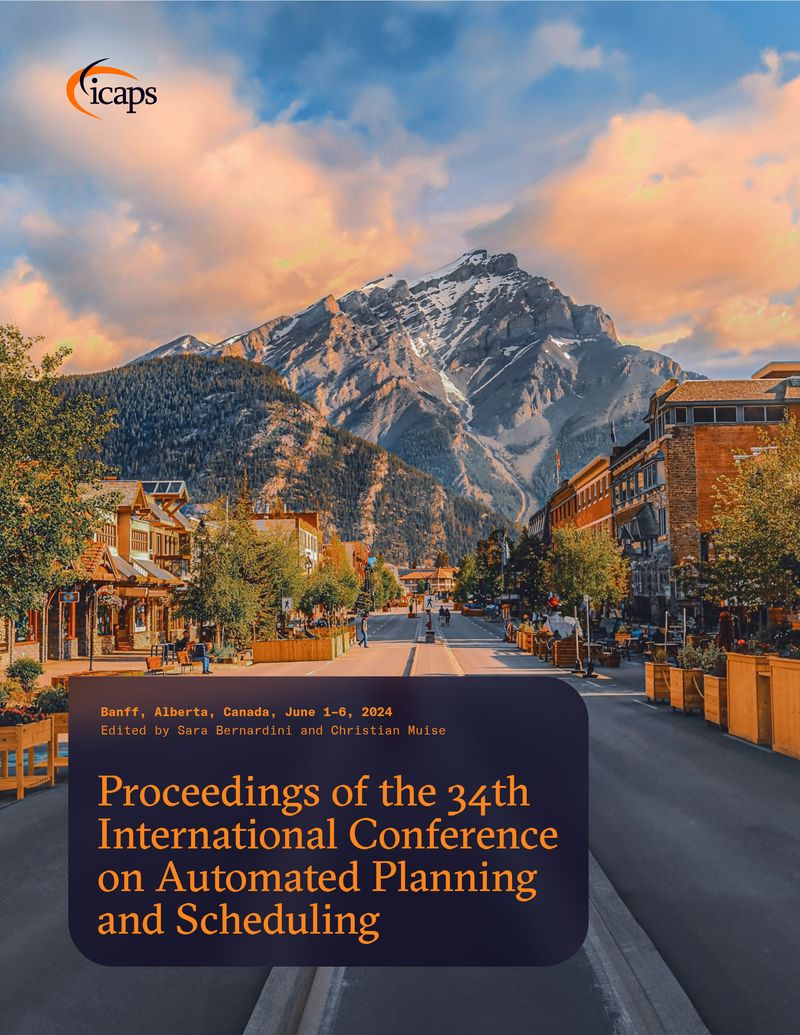An Analysis of the Decidability and Complexity of Numeric Additive Planning
DOI:
https://doi.org/10.1609/icaps.v34i1.31484Abstract
In this paper, we first define numeric additive planning (NAP), a planning formulation equivalent to Hoffmann's Restricted Tasks over Integers. Then, we analyze the minimal number of action repetitions required for a solution, since planning turns out to be decidable as long as such numbers can be calculated for all actions. We differentiate between two kinds of repetitions and solve for one by integer linear programming and the other by search. Additionally, we characterize the differences between propositional planning and NAP regarding these two kinds. To achieve this, we define so-called multi-valued partial order plans, a novel compact plan representation. Finally, we consider decidable fragments of NAP and their complexity.Downloads
Published
2024-05-30
How to Cite
Helal, H., & Lakemeyer, G. (2024). An Analysis of the Decidability and Complexity of Numeric Additive Planning. Proceedings of the International Conference on Automated Planning and Scheduling, 34(1), 267-275. https://doi.org/10.1609/icaps.v34i1.31484

